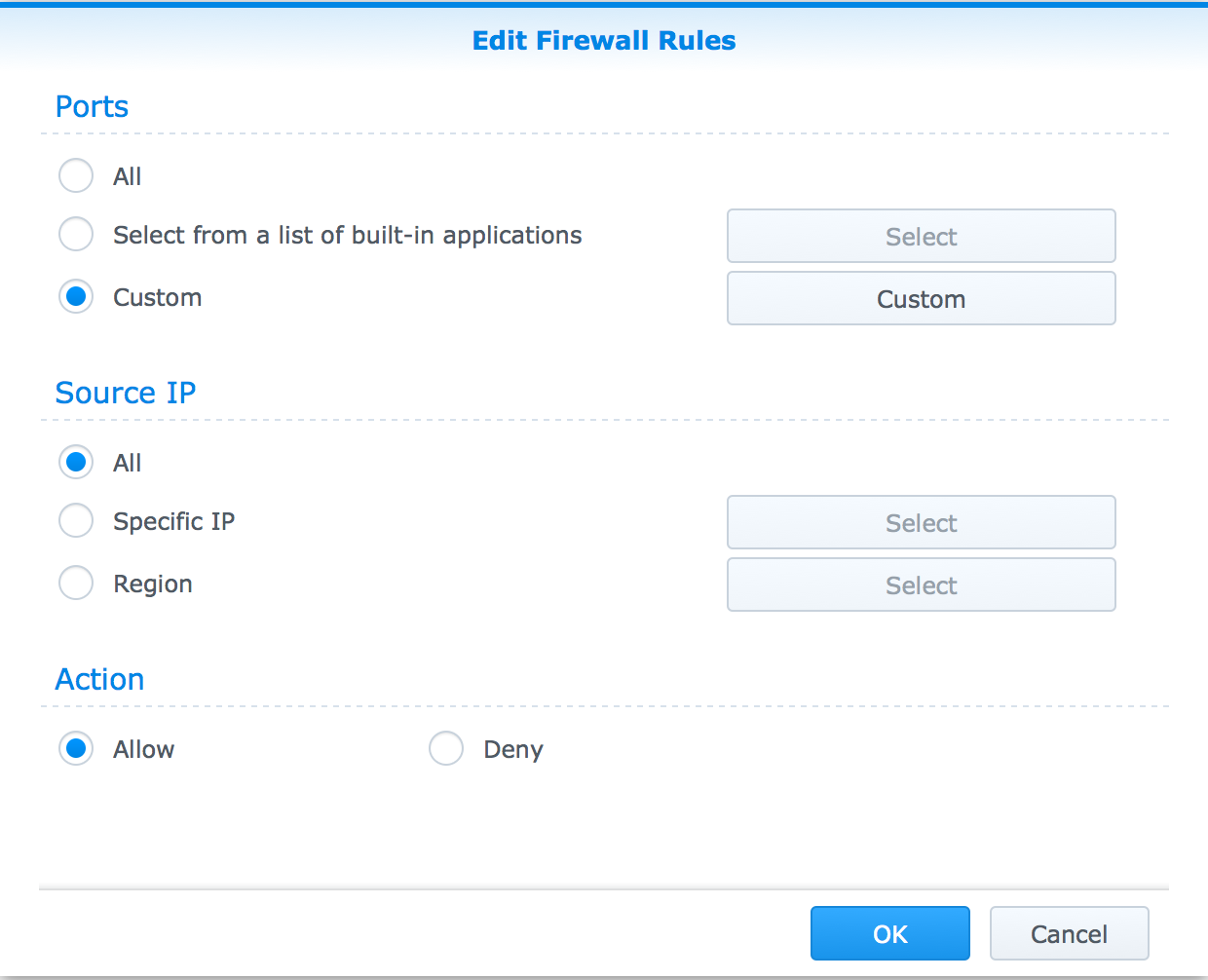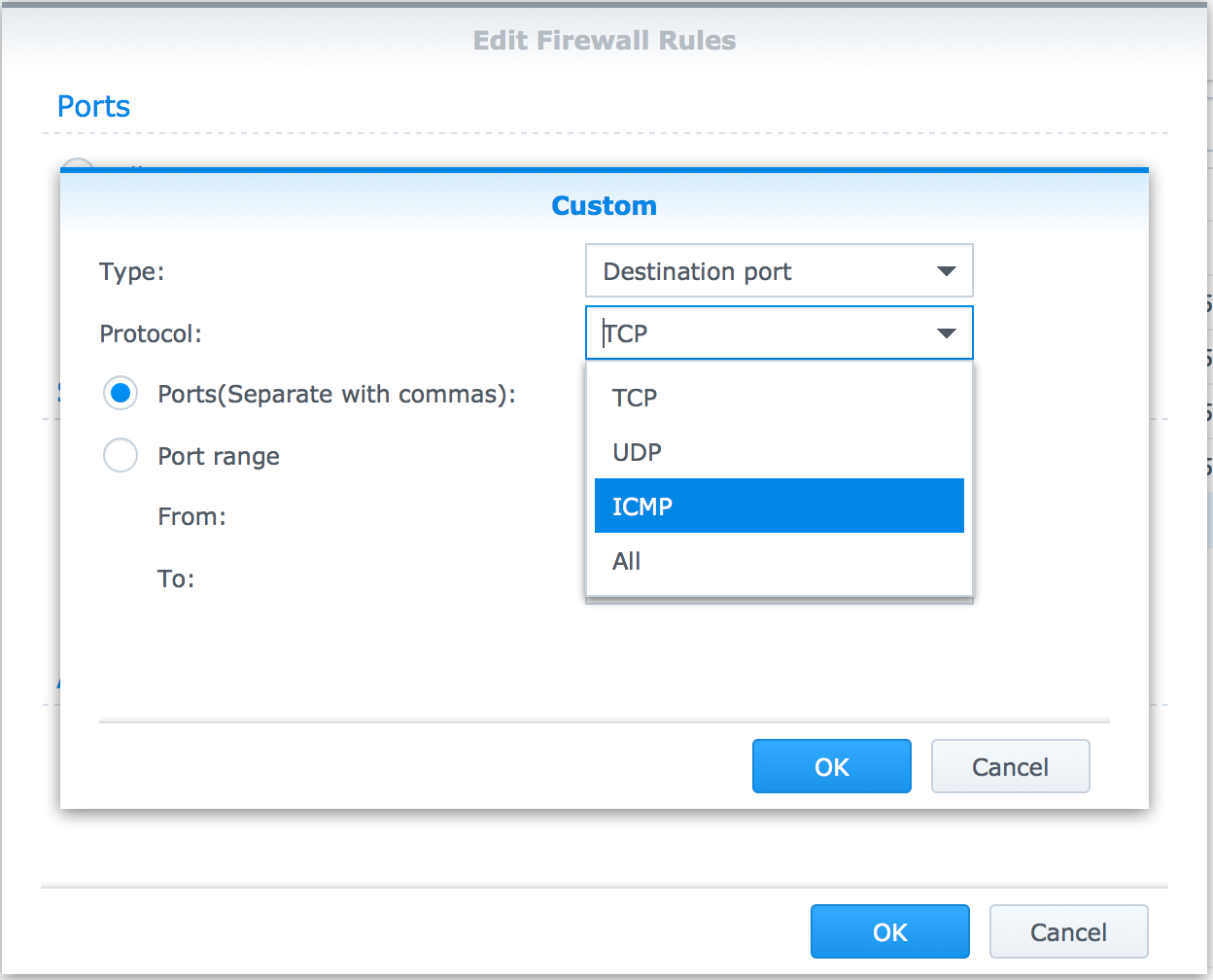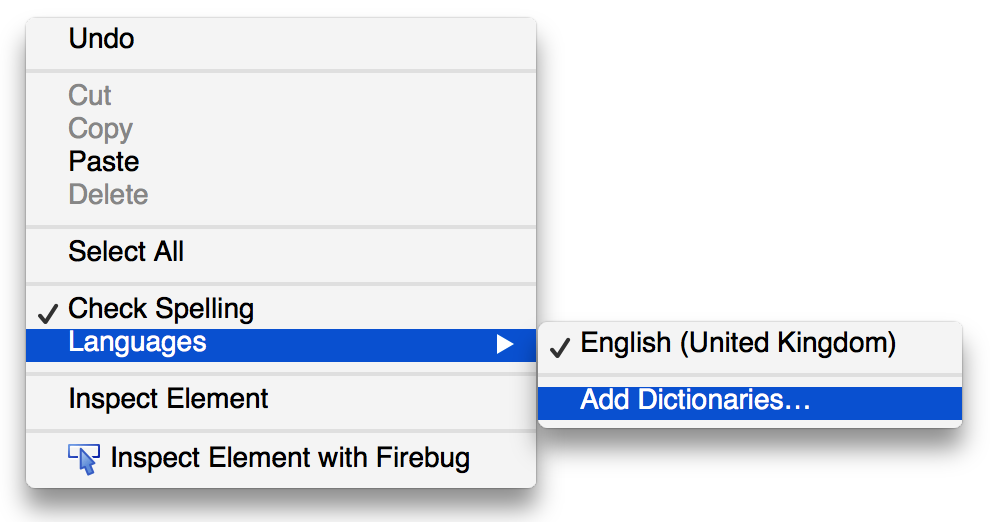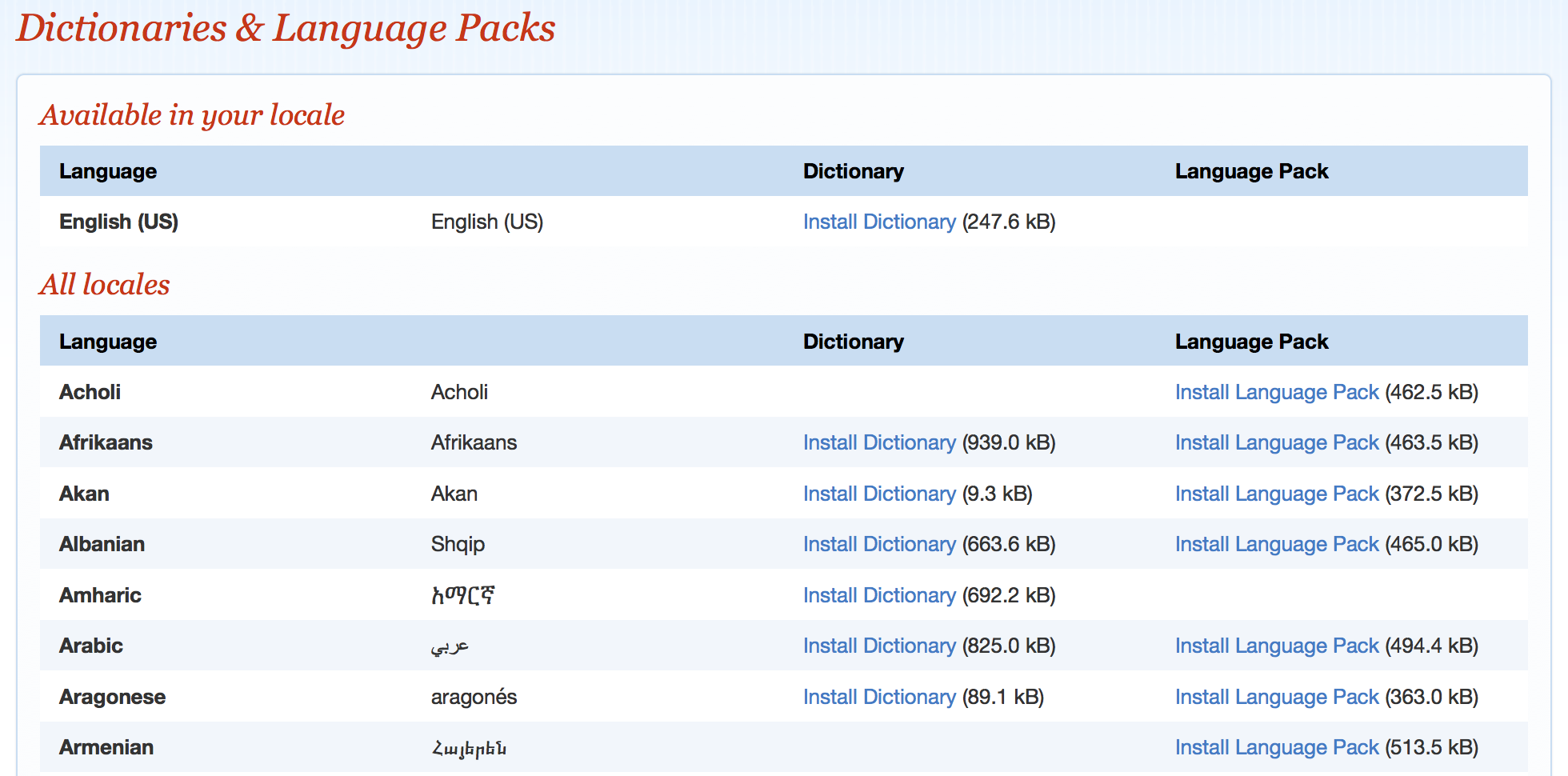One of our Apache 2.4 web servers strangely stopped working and didn’t want to come back up. I tried to start it but it came back with a vague error message:
$ sudo service apache2 start
Starting web server
apache2 Action 'start' failed.
The Apache error log may have more information.
A quick look in /var/log/apache2/error.log just showed nothing useful:
$ tail var/log/apache2/error.log
AH00016: Configuration Failed, exiting
So, I ran the Apache configuration check tool on the configuration files but the syntax was okay.
$ sudo apache2ctl configtest
Syntax OK
This means that there isn’t anything wrong with the syntax of the Apache config and I generally find that this means either an SSL certificate isn’t installed incorrectly or there is something wrong with a more general configuration file. To find which host had configuration file problems – I used the strace command. This is really good because it shows all of Apache’s interactions with the file system. Therefore you can see the last file Apache opened before failing.
sudo apt-get update
sudo apt-get install strace
sudo strace -f apache2ctl start
The output from strace is quite large but you can clearly see where Apache failed.
.....
[pid 6068] munmap(0x7f45c6c38000, 4096) = 0
[pid 6068] write(11, "[Sun Oct 05 07:35:44.207805 2014"..., 189) = 189
[pid 6068] write(2, "AH00016: Configuration Failed\n", 30) = 30
[pid 6068] select(0, NULL, NULL, NULL, {0, 10000}) = 0 (Timeout)
.....
and just before this was this…
[pid 6068] munmap(0x7f45c6c38000, 4096) = 0
[pid 6068] open("/etc/ssl/private/a_website_ssl.key", O_RDONLY) = 45
[pid 6068] fstat(45, {st_mode=S_IFREG|0644, st_size=1704, ...}) = 0
[pid 6068] mmap(NULL, 4096, PROT_READ|PROT_WRITE, MAP_PRIVATE|MAP_ANONYMOUS, -1, 0) = 0x7f45c6c38000
[pid 6068] read(45, "-----BEGIN PRIVATE KEY-----\nMIIE"..., 4096) = 1704
[pid 6068] close(45)
This enabled me to quickly idenfity which ssl certicate was causing the problems and disable the site which was using that key.
sudo a2dissite a_weebsite.conf
I hope that someone finds this useful.




